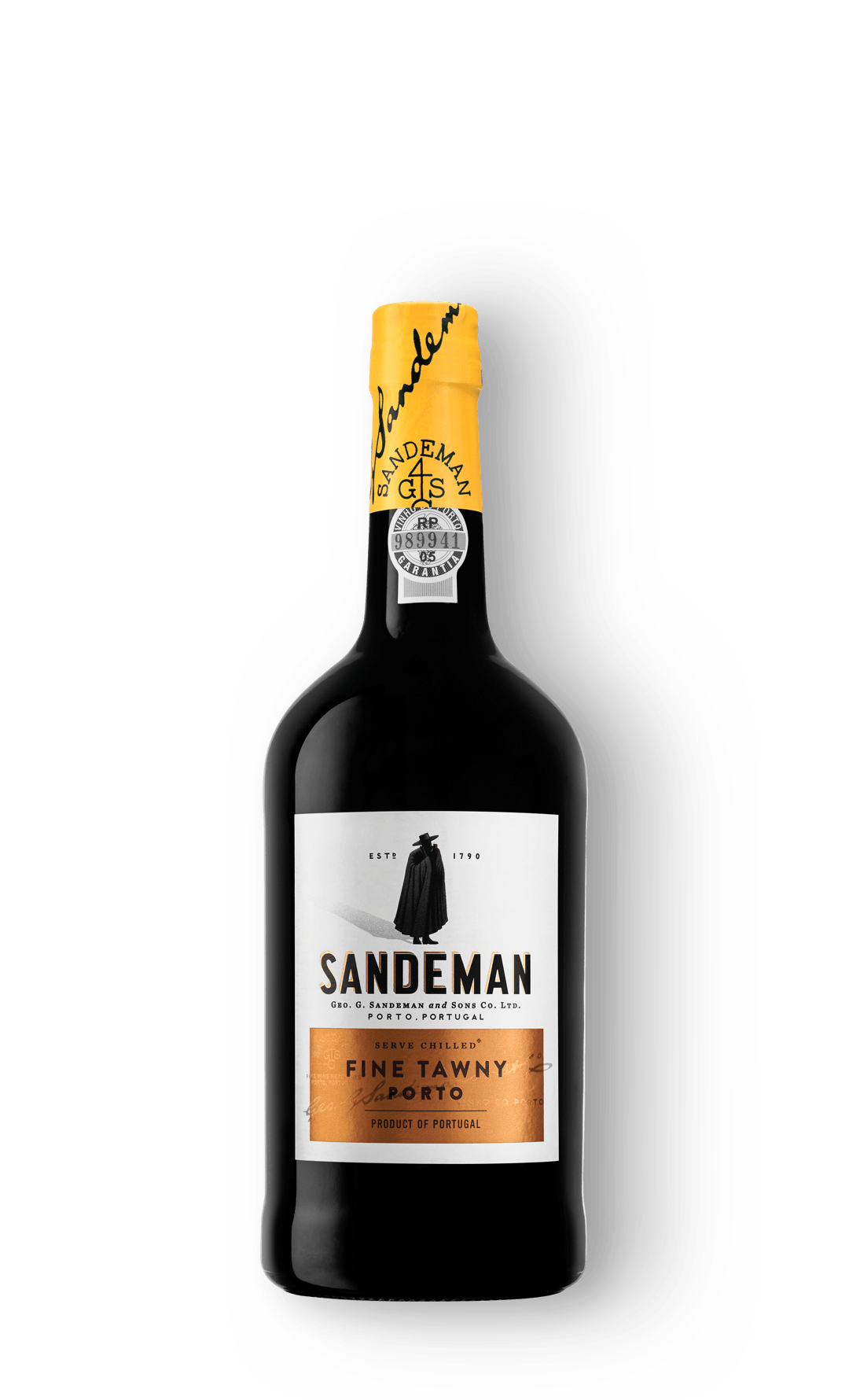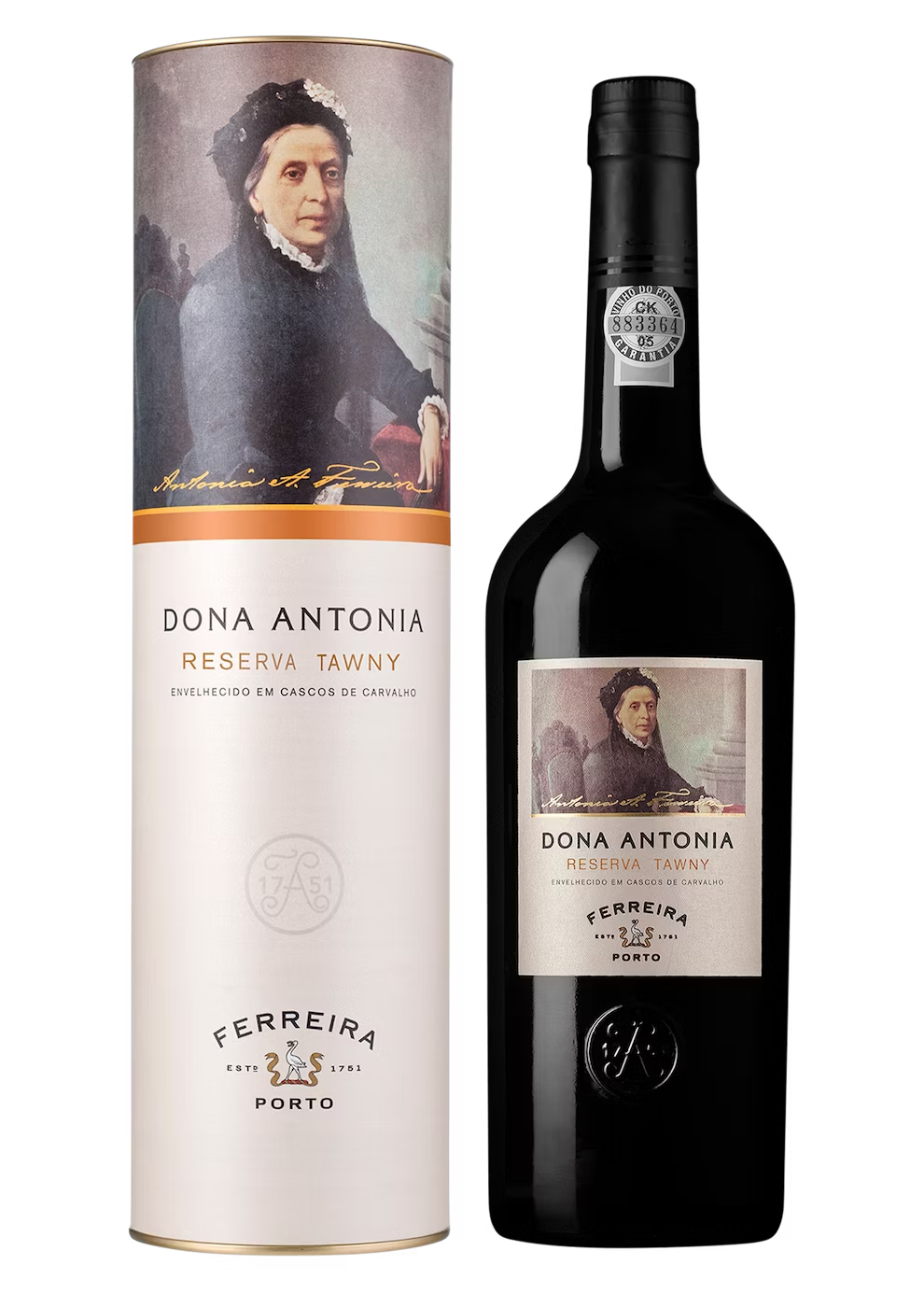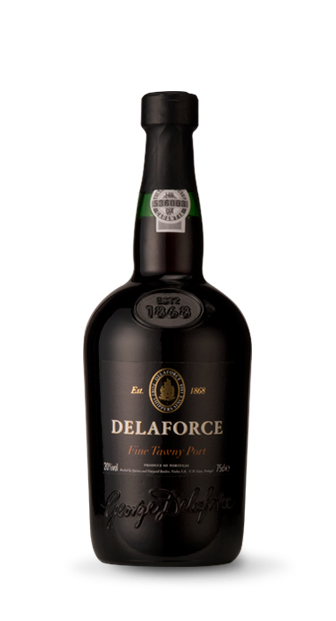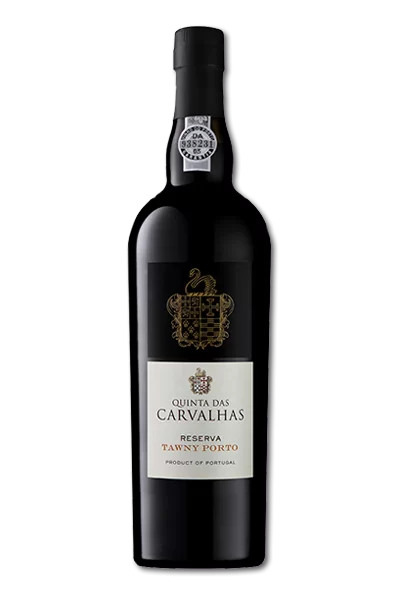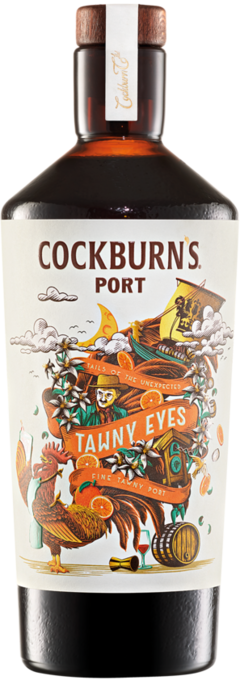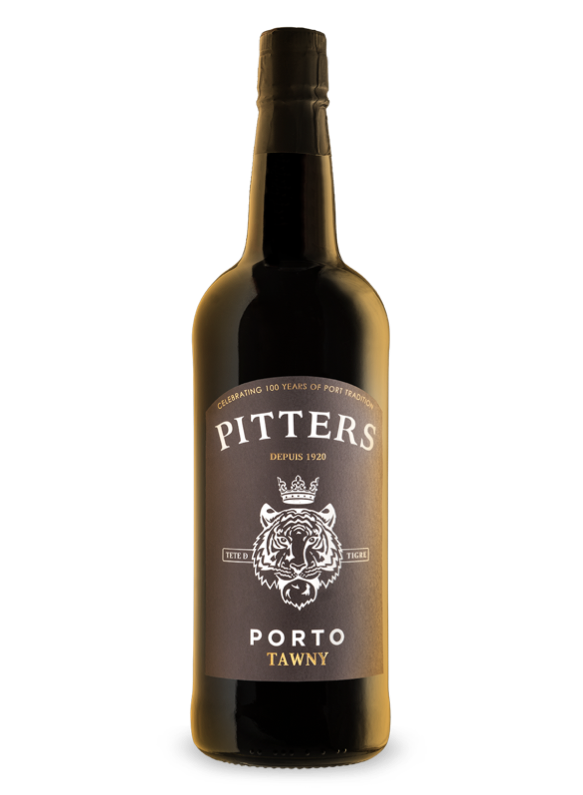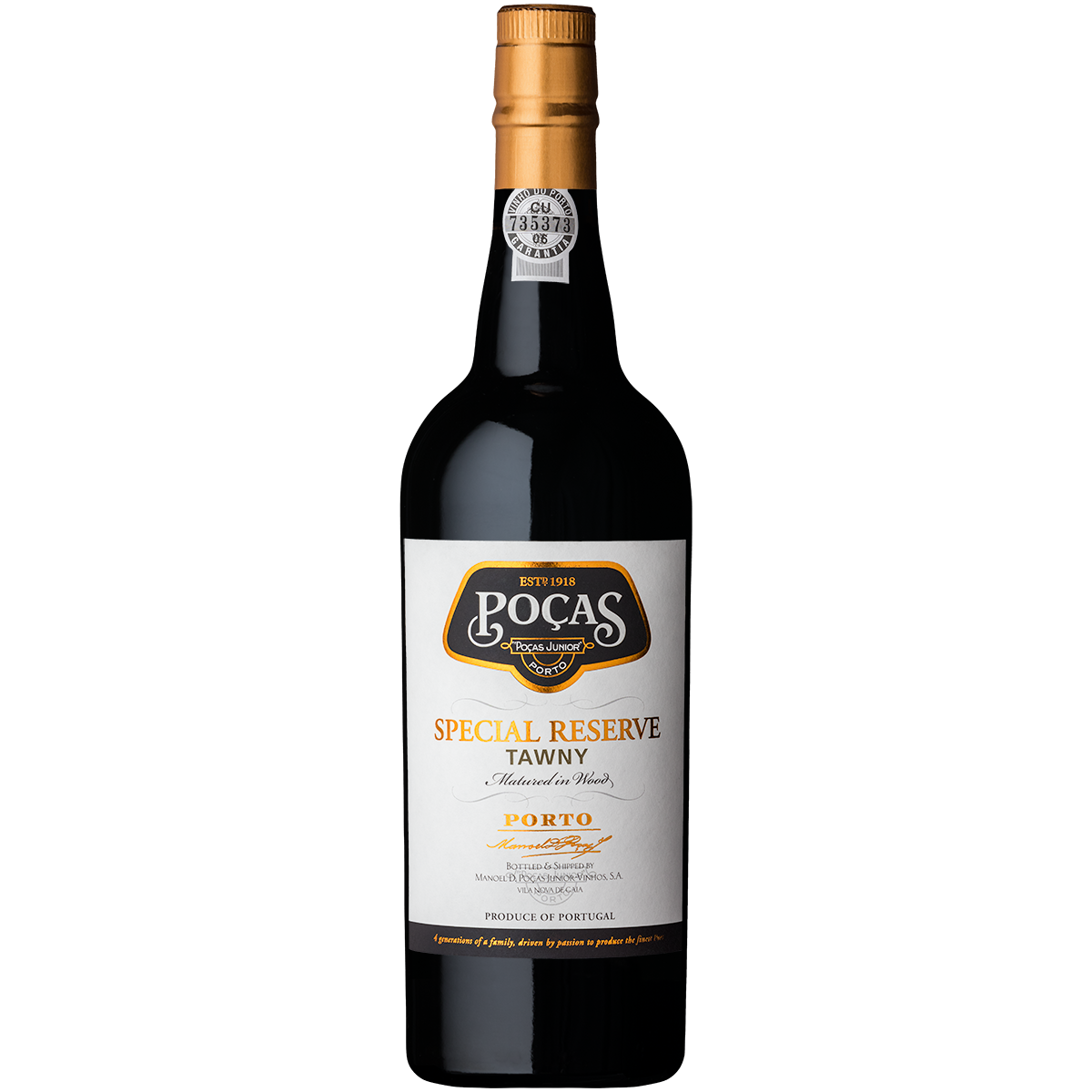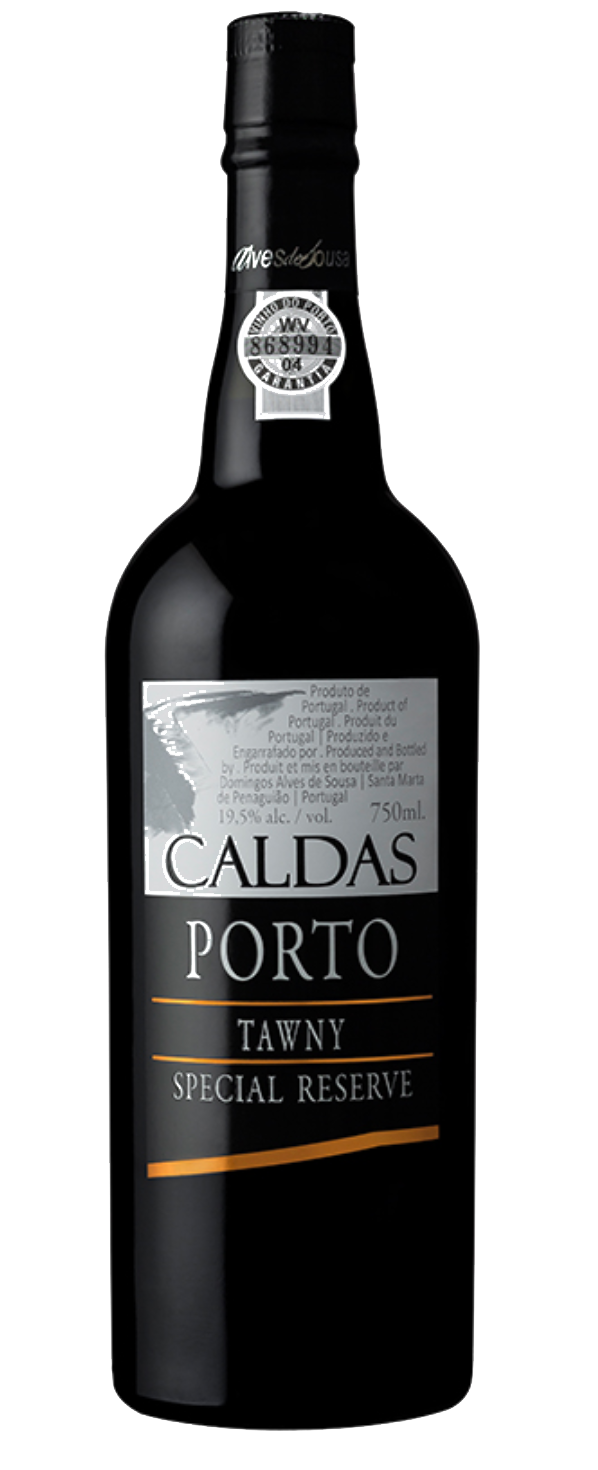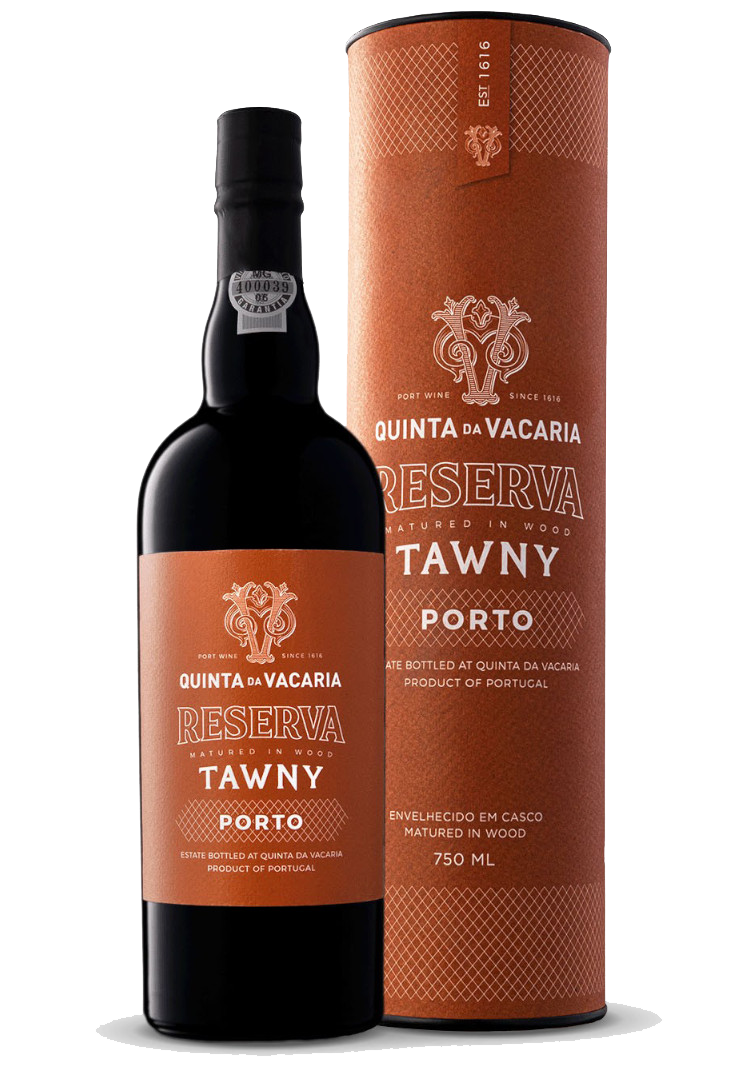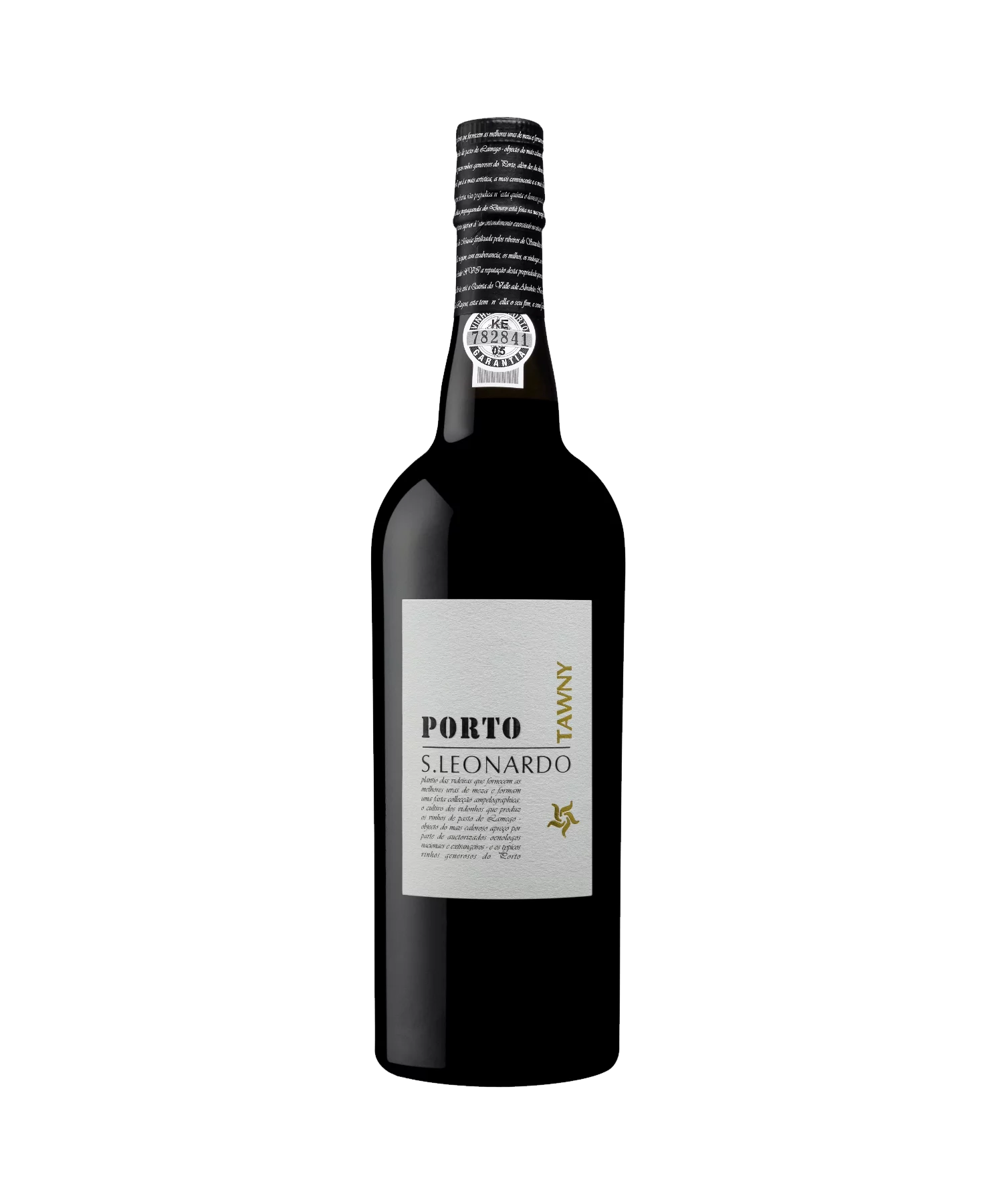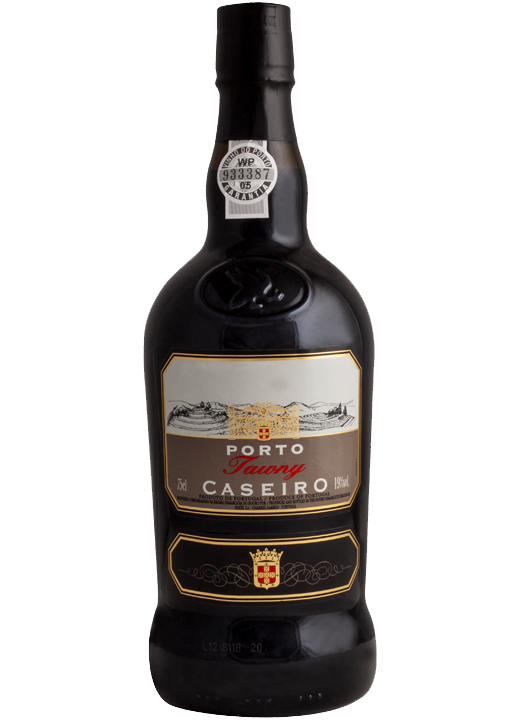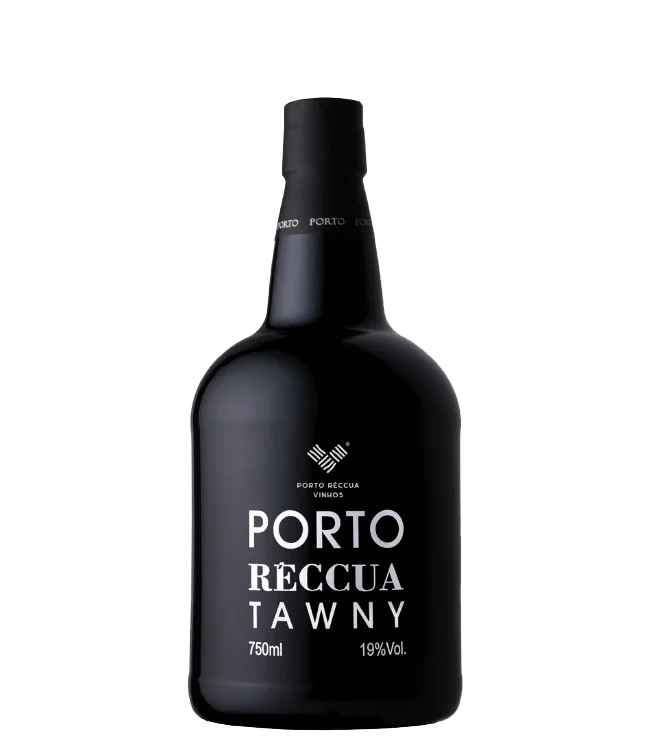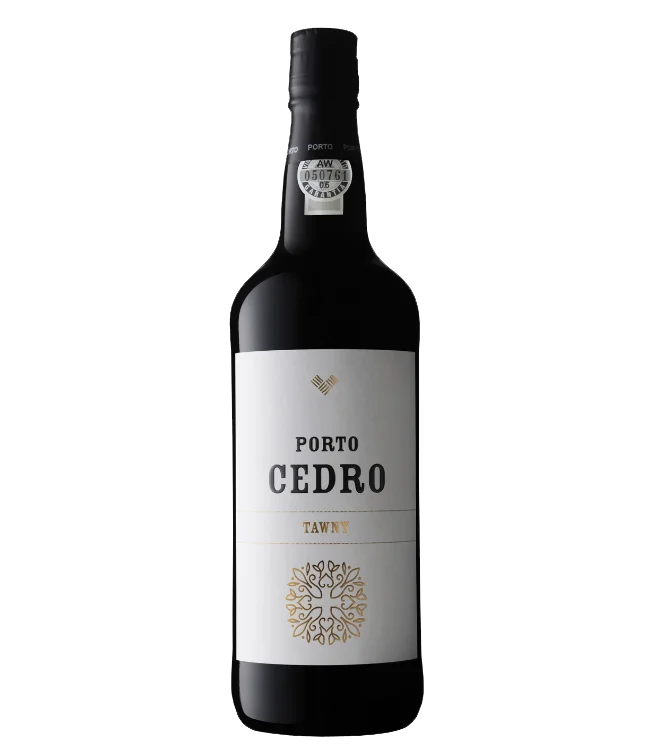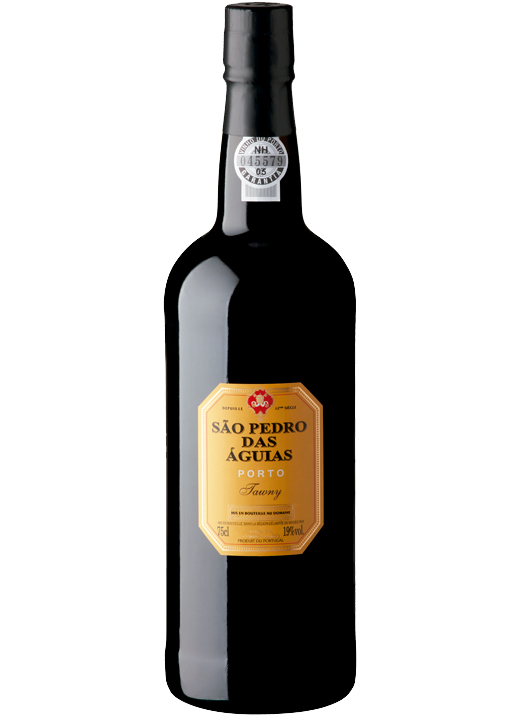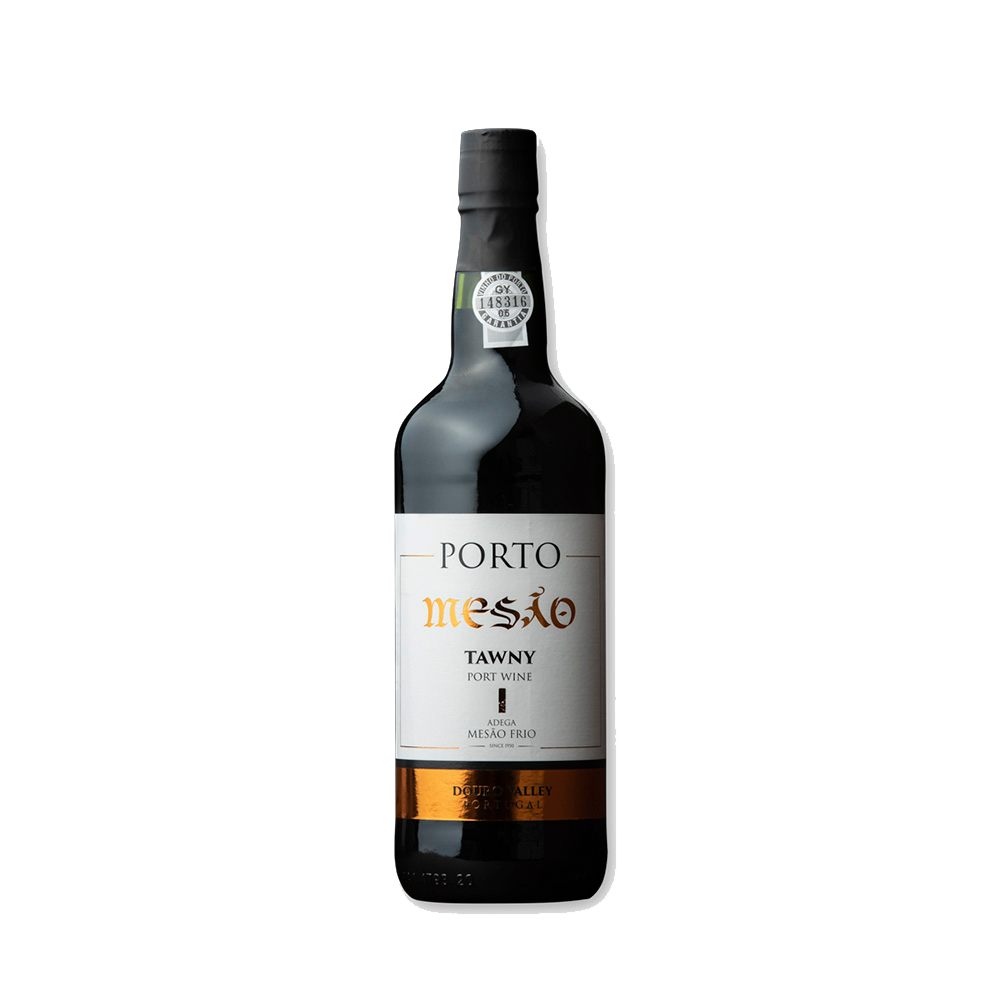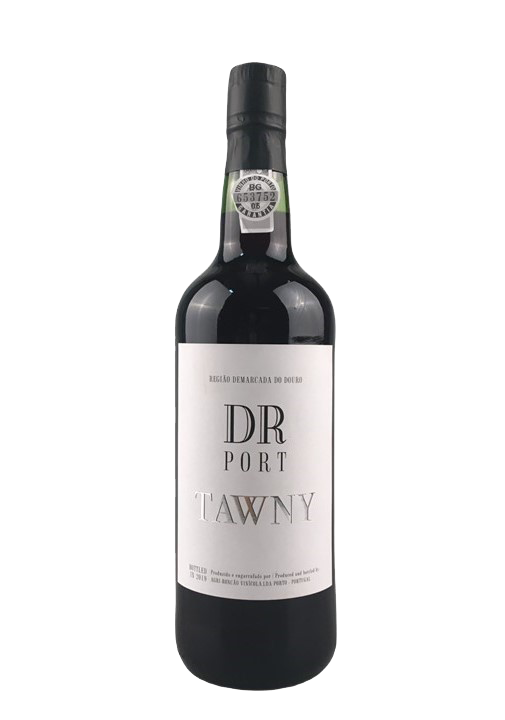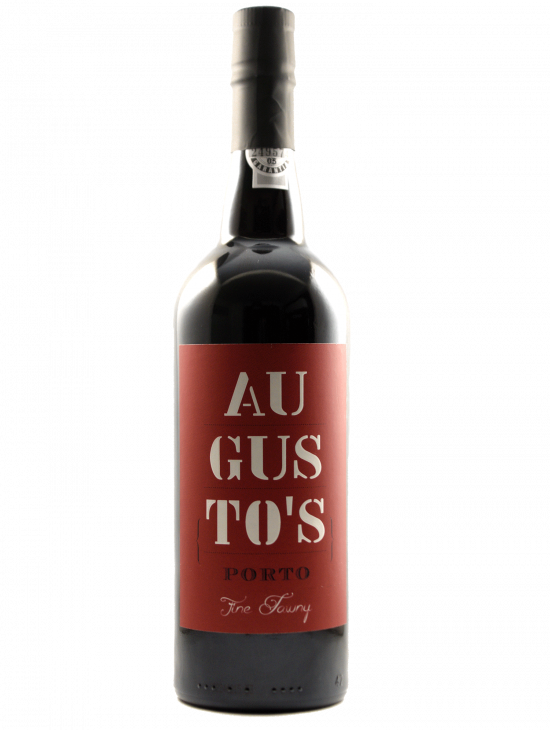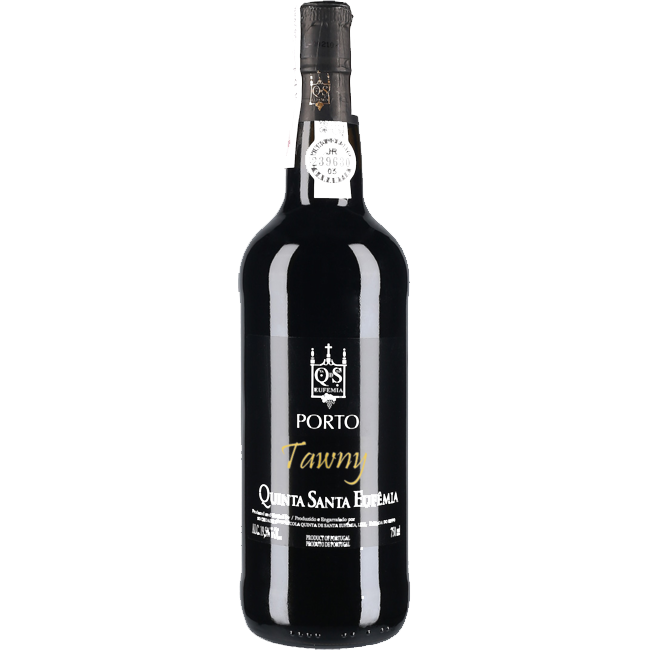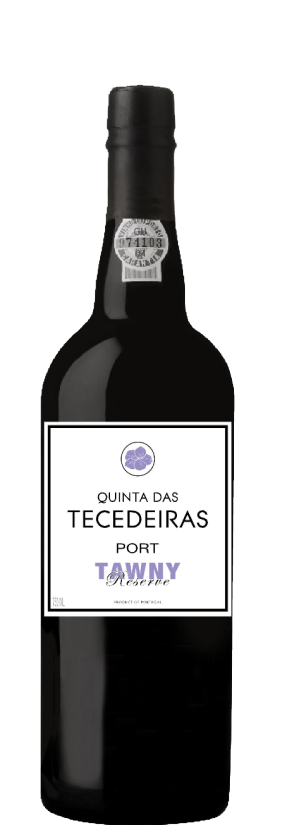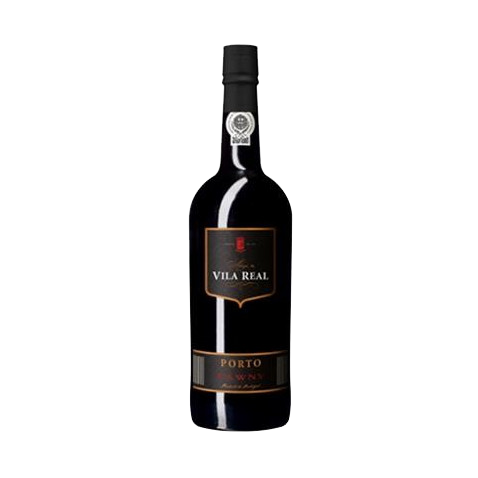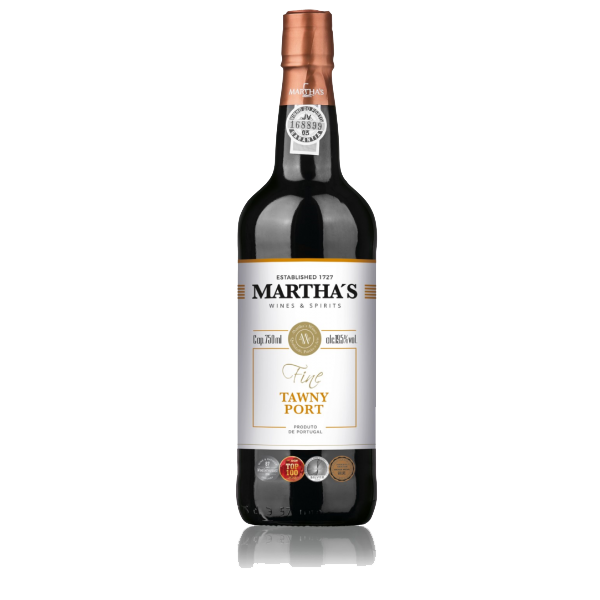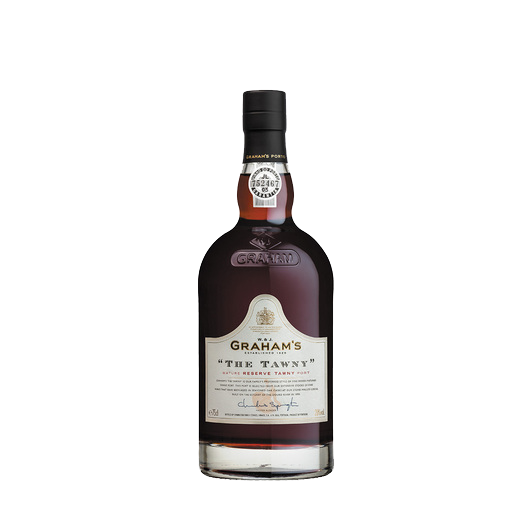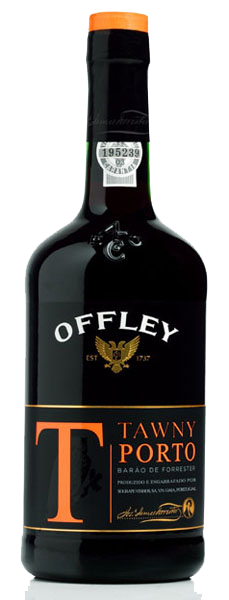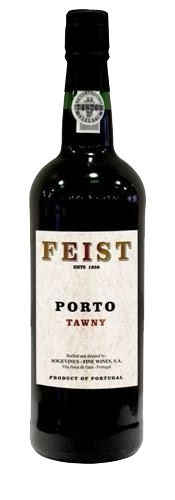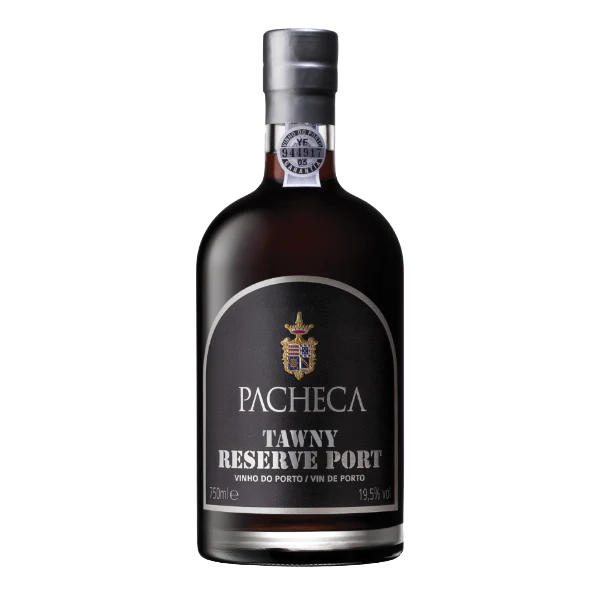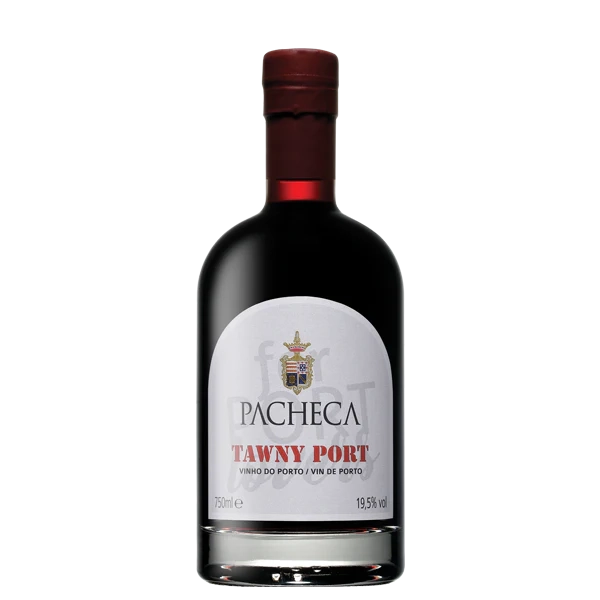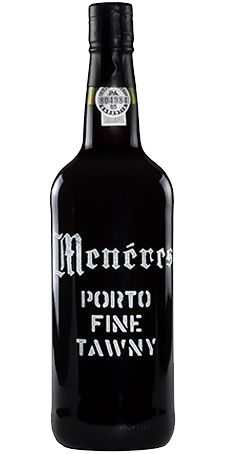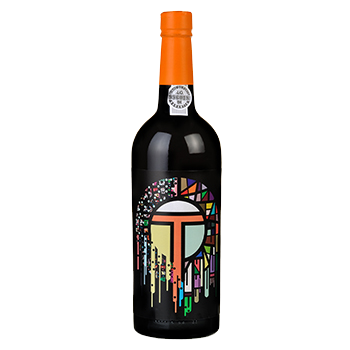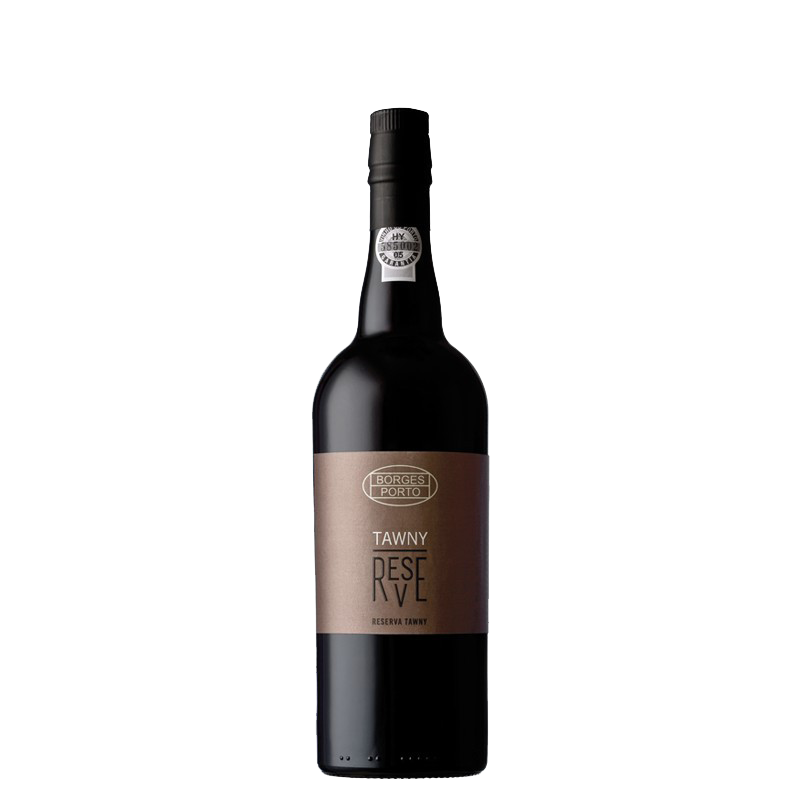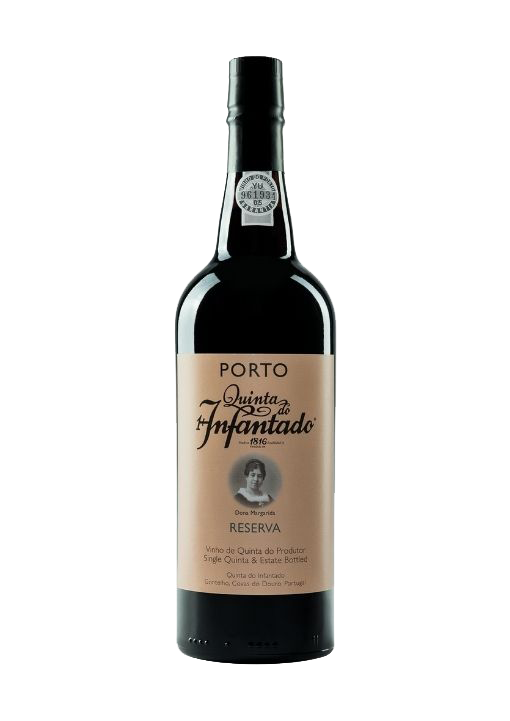There are 3 basic port styles:

Tawny port wine
Great aging quality and brown tawny color. Mostly pared with sweet’s such as fudge, caramel and figs.
What is Tawny port?
Tawny Port is an iconic style of Port wine that has graced the cellars and tables of wine enthusiasts for centuries. Rooted in the historic winemaking traditions of the Douro Valley, Tawny Port has evolved over time, with the 19th century heralding the refinement of aging techniques that have come to define its distinctive style. The basic Tawny Port is stil very much undiscovered by many, and we are hoping to change that. Starting at the basic Tawny style, we can already see great potential, complexity and depth of this style of port wine.
-
Tawny Port, celebrated for its distinct hue, is a testament to the meticulous aging process it undergoes in oak barrels. This aging in the barrel transforms its color from a vivid red to a blend of amber and russet. As time progresses, the wine adopts golden-brown undertones, making it a spectacle when light passes through, showcasing a spectrum from deep gold to a tawny reddish-brown. The depth of its color not only reflects the quality but also gives insights into its age. Paired with the right food, Tawny Port elevates the food pairing experience. When swirled, its viscosity leaves a lingering 'tear' on the glass, hinting at its rich and sweet profile.
-
Primary Flavors: The primary flavors of Tawny Port often include dried fruits such as raisins, apricots, and figs. These are complemented by nutty notes of almonds, walnuts, or hazelnuts.
Secondary and Tertiary Flavors: With age, Tawny Ports develop rich layers of secondary and tertiary flavors. These can include hints of caramel, butterscotch, vanilla, and toasted wood, along with mellow spices like cinnamon and clove.
Sweetness: Tawny Ports are characteristically sweet, but this sweetness is beautifully balanced by their acidity, ensuring that they don't come across as overly cloying.
Texture: These wines have a velvety, almost silky texture, and their extended aging often imparts a notable smoothness.
Finish: Tawny Ports are known for their prolonged and layered finish. As the wine lingers on the palate, one might detect flavors of coffee, chocolate, and even a touch of orange zest.
Complexity: Due to the extended aging process, Tawny Ports exhibit a high degree of complexity. As they age, the wines undergo oxidative maturation, leading to the gradual evaporation of water and alcohol. This results in the concentration of the wine's flavors and aromas, adding to its complexity.
-
Touriga Nacional: Often considered the finest grape for Port production, it brings deep color, rich tannin, and flavors of black fruits to the wine.
Touriga Franca: This variety contributes elegant red fruit flavors and floral notes. It's more aromatic compared to Touriga Nacional.
Tinta Roriz (known as Tempranillo in Spain): Adds structure and body to the blend, offering flavors of cherries and red fruits.
Tinta Barroca: This grape is early-ripening and brings softness and sweetness to the wine, with flavors of red fruits.
Tinta Cão: A grape variety that is less common than the others but still significant, it adds finesse and aging potential to the blend.
Tinta Amarela (or Trincadeira): It provides spicy notes and bright acidity to the wine.
Sousão: Known for its deep color, Sousão is used to add vibrancy and acidity to the blend.
Mourisco Tinto: This grape variety adds complexity and floral aromas to the wine.
Rufete: It brings freshness and elegance, contributing to the wine's aromatic profile.
Bastardo: Despite its challenging name, Bastardo provides color and fresh fruit flavors to the blend.
-
Tawny Port is an incredibly versatile wine when it comes to food pairing. Younger Tawnies are delicious with caramel desserts, milk chocolates, and creamy cheeses, while aged Tawnies can stand up to strong, blue-veined cheeses and dark chocolate. Tawny Port is also often enjoyed on its own, savored slowly at the end of a meal.
-
19-21%
-
Unlike Vintage Port, Tawny Port is filtered and fined before bottling, which means there's no sediment. You can store it upright without any negative effects. Keeping it upright also minimizes the surface area exposed to air in a partially consumed bottle, slowing down the oxidation process.
The ideal storage temperature for Tawny Port is between 55°F and 68°F (13°C - 20°C). It's essential to avoid drastic temperature fluctuations, which could spoil the wine.
Keep your Tawny Port in a dark place, as light, particularly sunlight, can degrade the wine over time. Also, avoid storing the wine in areas with high vibration, as this can disturb the aging process.
After Opening: Once opened, a 10-year-old Tawny Port will last for several weeks, even up to a couple of months, due to its aging process. It should be stored in the fridge after opening to maintain its quality. Be sure to reseal the bottle tightly after each use.
Defining Characteristics of Tawny Port
Tawny Port is made predominantly from red grape varieties including Touriga Nacional, Touriga Franca, Tinta Roriz, Tinta Barroca, and Tinto Cão. The wine gets its name from its tawny hue, a result of extended aging in oak barrels that allows it to develop a rich amber color and complex nutty flavors.
On the palate, Tawny Port offers a symphony of flavors that unfolds over time. Expect notes of dried fruits, figs, almonds, caramel, and toffee, often with hints of marmalade or even coffee and cocoa in older Tawnies.
Tawny Ports are made similarly to Ruby Ports, with the fermentation process stopped partway by the addition of neutral grape spirit. This fortification process leaves residual sugar in the wine and boosts the alcohol content, typically to around 19-20% ABV. The sugar content in Tawny Port can range from 80 to 120 grams per liter, depending on the winemaker's style.
The defining characteristic of Tawny Port, however, is its aging process. While Ruby Ports are aged in large containers to retain their fruity character, Tawnies are aged in small oak barrels, which allows for more interaction with the air, causing slow oxidation and evaporation over many years, and in some cases, decades.
This long maturation process imparts a tawny color and complex flavors to the wine and allows the development of a smooth and silky texture that is a hallmark of aged Tawny Port.
Pruning Methods and Viticulture
Vineyards in the Douro Valley are carefully managed to optimize grape quality for Port production. Pruning is a crucial aspect of vineyard management and can involve traditional cane or spur pruning, depending on the vineyard's microclimate, vine age, and layout.
1. Agriculture (Vineyard Practices)
Tawny Port begins its journey in the rugged terrains of the Douro Valley, which has a unique microclimate and soil composition. The schist soil retains heat, which assists in grape maturation. Terraces are often carved into the steep slopes, facilitating cultivation in this challenging environment.
Vine Training and Pruning: To control yield and grape quality, vines are pruned during their dormant winter phase. This helps concentrate the vine’s energy and resources on a limited number of fruitful buds.
Irrigation and Canopy Management: Given the dry climate, water retention techniques are crucial. Canopy management ensures an optimal leaf-to-fruit ratio, providing shade to prevent grape sunburn and improving air circulation to reduce disease risk.
2. Bunch Selection
Harvesting usually occurs from late August to October. Workers handpick the grapes, ensuring only the healthiest bunches are selected. Hand-harvesting also prevents bruising, maintaining grape integrity until they reach the winery.
3. Crushing
Upon reaching the winery, the grapes are de-stemmed and crushed.
Lagares: Traditional stone troughs, where workers once stomped grapes to release juice. Some producers still employ foot-treading due to its gentle and effective extraction method, promoting a balanced wine structure.
4. Fermentation
Grape sugars convert into alcohol via yeast in this critical phase.
Temperature Control: Winemakers monitor temperatures to ensure fermentation is steady, preserving the wine’s desired aromatic and flavor profile.
5. Fortification
Fortification defines Port wine. This process involves adding grape spirit (aguardente), which accomplishes two things:
Halts Fermentation: Ensures residual sugar remains, giving Tawny its signature sweetness.
Increases Alcohol Content: Typically, Tawny Port has an alcohol content of around 19-20%.
6. Aging
Aging is a pivotal phase for Tawny Port, determining its final flavor, aroma, and color profile.
7. Barrel Maturation
While Vintage Ports might age in bottles, Tawny Ports age in wooden barrels, experiencing slow oxidation and evaporation ("The Angel's Share"). This imparts nutty, caramel, and dried fruit notes while the wine's color transforms from ruby to tawny.
8. Classification by Age
Tawnies are categorized based on their age, which influences flavor, aroma, and price. Categories include 10, 20, 30, or 40+ and since 2022, 50+ years. The indicated age refers to the wine's approximate "blended age," not its actual chronological age.
9. Blending
Blending requires a master blender's skill, ensuring consistency across bottles and vintages. A 20-year-old Tawny should taste similar regardless of when purchased, highlighting the blender's importance.
10. Filtration
To achieve clarity and brilliance, sediment and solid particles are removed from the wine through filtration.
11. Bottling
Unlike Vintage Ports, which can age in the bottle for decades, Tawny Ports are meant to be enjoyed soon after bottling. They come in a variety of bottle shapes and sizes, but once opened, should be consumed relatively quickly to enjoy their optimal flavor.
12. Zestful Enjoyment
With its complex flavors and aromas, Tawny Port is a treat for the senses. Whether sipped after dinner, paired with a cheese board, or enjoyed with desserts, it's a testament to the Douro Valley's rich winemaking legacy.


